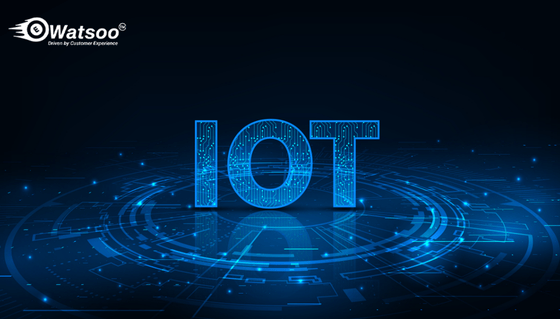From Separate Projects to Productive City Ecosystems
Until now, the smart city goals have been ahead of the actual smart city situation. By the year 2025, the trend is expected to shift from single pilots to harmonised, multifunctional projects that interact smoothly and exchange data across the urban stack.
Table of Contents
ToggleIncreased work speed requirements more data and actionable insights, which become the fundamental operating principles that transform pilots into city-wide outcomes, thus enabling efficient operations, cost savings, and better public services. Cities are, in fact, taking a dual approach. They are using integration to reveal immediate benefits today, and at the same time, they are implementing targeted standards to build the interoperable city-wide systems of the future.
The new report explores the question of new IoT projects that create value by netting gains in such areas as lighting, transport & infrastructure, environmental monitoring, city services, and public safety. In addition, it states how solution providers and city stakeholders can align platforms, data governance, and connectivity choices to scale with assurance.
Smart City Connections: Expected to Triple by 2030!
The scope is present: the number of active smart-city IoT connections is anticipated to go up from 4.18B in 2024 to 14.40B by 2030, a leap that companies that provide solutions that link cleanly with both old and new infrastructures will get.
Comprehend the transformation of smart city initiatives in the year 2025, which use cases are getting to a level of maturity, and how integrators and technology providers can facilitate the real business impact.
- Discover where the market is heading – performance of the market is analysed in terms of business advantages, challenges, and drivers backed by data-led forecasts and citizen adoption trends.
- Investigate the key Use Cases: Main drivers of expansion – for example, smart utilities, lighting, mobility, and surveillance.
- Collect information from city executives and Integrators – with the valuable insights gained from 24 expert interviews.
- Glean lessons from actual implementations – highlights of several instances from our sponsors Semtech, Klika Tech, and Yokowo.
- Get the integration requirement – the ways to harmonise urban objectives with outdated infrastructure and the scalable applications.
Demand in Critical Regions: Driving Way Over Deployments!
Civic interest is leading city rollouts in several areas of great value. At the same time, the tech “rails” that enable the process are quite clear, thus the next improvements would result less from the mere addition of point solutions and more from their connection – shared data, interoperable platforms, and deployment sequencing, so that adjacent services can support each other.
From the operational side of things, integration is also the foundation for the performance improvements that cities are after, which are quicker responses, less energy consumption, more safety, and better services, and these can be achieved by making real-time monitoring lead to coordinated action.
Concentrating on the practical questions that solution providers and integrators encounter while they are planning and conducting city projects. This report includes:
- Which smart city use cases are existing pilots in 2025, and the initiatives that obtain the most funding?
- Places where demand will grow until 2030, as well as the ways cities may prioritise quick wins and simultaneously get ready for long-term standards.
- Ways to link today’s legacy systems and silos and create the scaffolding for future interoperability.
- The ones who drive adoption and give the green light, and the methods of bridging the gap between what’s available and what citizens utilise.
- The requirements for moving from PoC to a city-wide expansion, governance, and cybersecurity, along with the partnerships that facilitate the delivery.
- Which laws and interoperability standards influence urban IoT and the ways cities can maintain their edge in regard to compliance.


